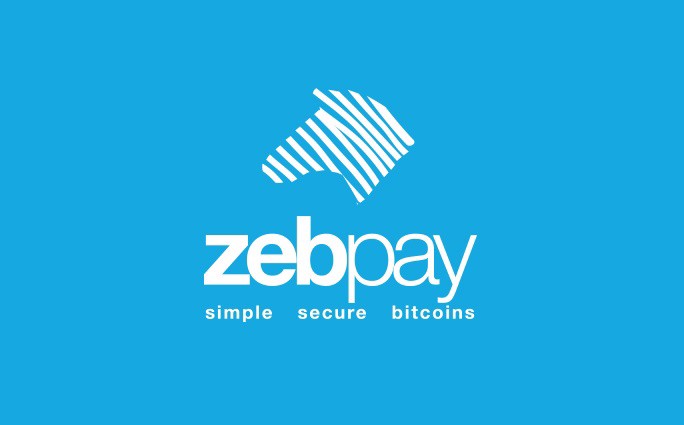
2022-10-10 17:43 |
Government Accountability Office (GAO), the government unit that audits and provides investigative services for Congress, attributes the proliferation of illegal cyber activities via the use of crypto payments to crypto kiosks (crypto ATMs).
GAO published a study specifying that crypto ATMs are partly the reason for the rise in illegal activities because they are less monitored compared to crypto exchanges. It is therefore difficult to trace transactions through the ATMs.
Use of crypto ATMs for criminal activitiesAccording to GAO’s report, FBI officials predict that the expansion of the cryptocurrency market will lead to a surge in the use of digital currency kiosks for criminal activities such as labour and drug trafficking.
The cryptocurrency market is currently on the rise, and more investors are showing interest in it, and there is a range of beginner-friendly information, tutorials, and advice on highly-regarded crypto platforms like BitiCodes where newbies can learn about crypto.
GAO is recommending that the Internal Revenue Service and Financial Crimes Enforcement Network (FinCEN), under the umbrella of the U.S. Treasury Department, should collaborate to make a stronger hold in monitoring the crypto ATMs. The agency has studied how cryptocurrencies are used in illegal operations like global trafficking and how US agencies, including the Immigration and Customs Enforcement (ICE), the US Postal Service (USPS), and IRS, are targeting crypto-initiated crimes.
In its report, GAO has enumerated some of the hindrances that government agencies face in fighting illegal crypto activities. One of these is the extensive lack of information, including that of crypto kiosks, which is a roadblock to the ability of law enforcement units to single out and stop crypto criminals.
However, GAO’s findings of the rising crypto-enabled crime are contrary to the report from Chainalysis, a crypto research firm, which concluded that although there is a continuing rise in crypto crimes by volume, it was low compared to the percentage of all the 2021 crypto transactions.
In simple terms, Chainalysis concluded that despite cryptocurrencies infiltrating the financial market, crypto crime will continue to increase, but the rise in legitimate crypto transactions will outrank illegal activities.
Money launderingTransnational criminal organizations (TCOs) and drug cartels highly prefer the use of digital currency because of the anonymity it provides and its efficiency in mobilizing cash across international borders.
Crime-based organizations are shifting to crypto to transfer money beyond domestic borders without the unfavourable scrutiny of law enforcement agencies and crypto ATMs are at the heart of the whole process.
Large volumes of money from the illegal drug trade are deposited into a kiosk and converted into digital currency after which it becomes to transfer crypto wallets thus reducing the chances of being tracked by law enforcement agents.
Labour traffickingAccording to GAO reports, crypto is also used to pay for human trafficking and it is mostly used to pay sex traffickers.
GAO cited Polaris, a non-profit U.S.-based organization that plans to eliminate human trafficking, that reported that 23 out of 40 or more than half of dominant digital commercial sex trading places used to market sex trafficking accepted payment in the form of cryptocurrencies.
According to GAO, online sex marketplaces adopted crypto payments because of the challenges in accepting traditional card payments. An example is OnlyFans, a sex-targeted content subscription service, that banned adult content after receiving pressure from banks and before reversing the decision after receiving negative feedback from fans.
Drug traffickingAfter the closure of Silk Road, a virtual dark web marketplace, in 2013, law enforcement found it more difficult to trace the umbrella dark web marketplace for illegal drugs because of the existence of smaller dark web marketplaces.
GAO’s report further explains that criminals just hop from one marketplace to another when the government shuts one down.
However, this has not crippled the government’s efforts in confiscating drug-trafficking-related crypto. The IRS, in 2021, for example, was able to confiscate $3.5 billion in crypto where $1 billion was linked to Silk Road.
GAO also discovered in its investigation that 36% of all crypto-related crimes were attributed to drug trafficking. For the IRS, 25% were drug-related investigations linked to crypto. The USPS seized 85% of crypto-related money transfers linked to drug trafficking.
Regulating Crypto ATMsGAO is concerned that despite the registration of crypto kiosk operators with FinCEN, these operators do not update the government about the location of their ATMs. This hinders federal agencies from identifying ATMs in high-risk locations for financial crimes.
By heightening the monitoring of these crypto ATMs, GAO affirms that the government will be able to gather information and have a more remarkable ability to crack down on illegal transactions.
GAO has provided two recommendations to FinCEN and GAO on improving crypto ATM regulation and the two agencies agreed with the recommendations. The recommendations were that the IRS commissioner and FinCEN director concurrently review the requirements for money services business (MSB) registration for crypto ATMs and other exchanges and deliberate on how these crypto ATM operators should inform the law enforcement agencies on the physical addresses of their kiosks.
The post GAO: Crypto ATMs must be regulated to fight illegal cyber activities appeared first on Invezz.
origin »Emerald Crypto (EMD) на Currencies.ru
|
|




























